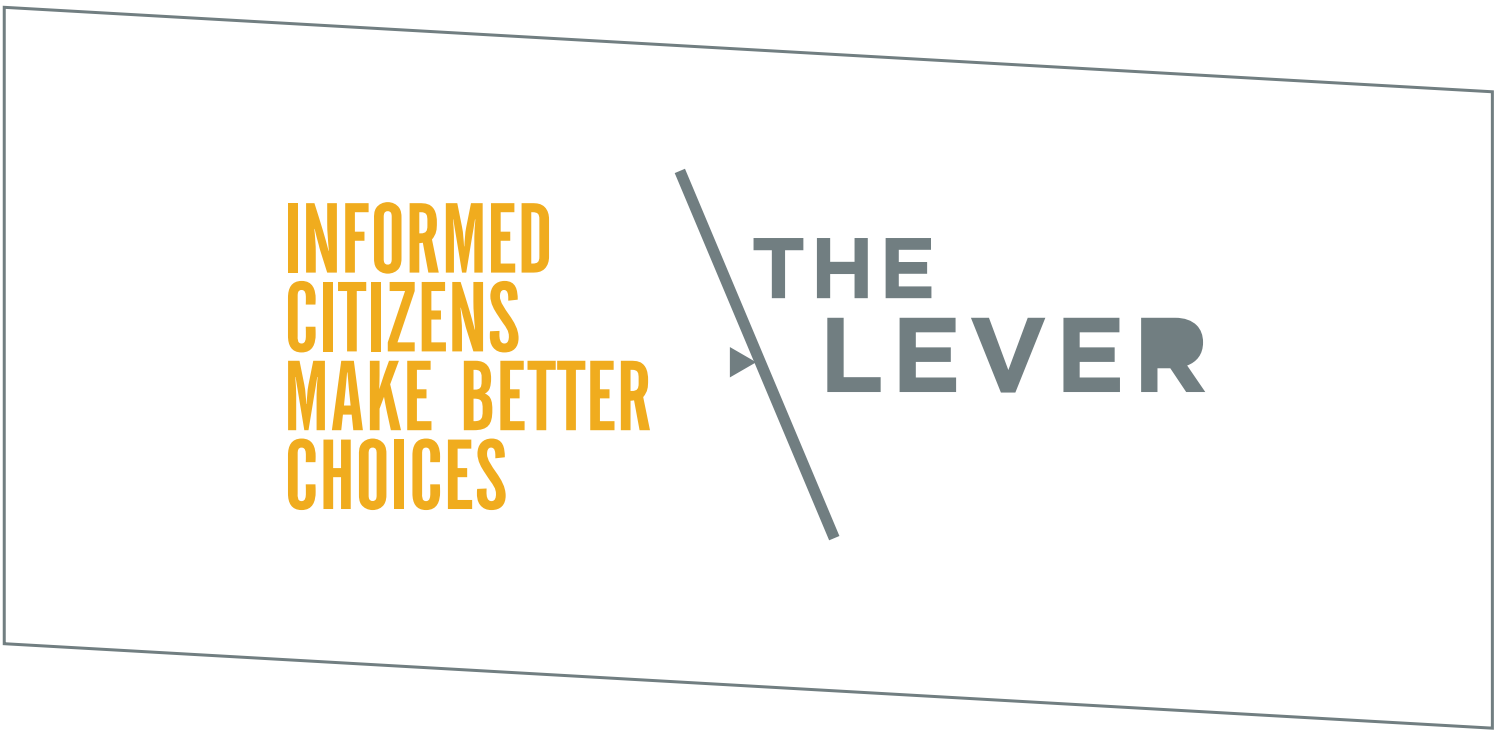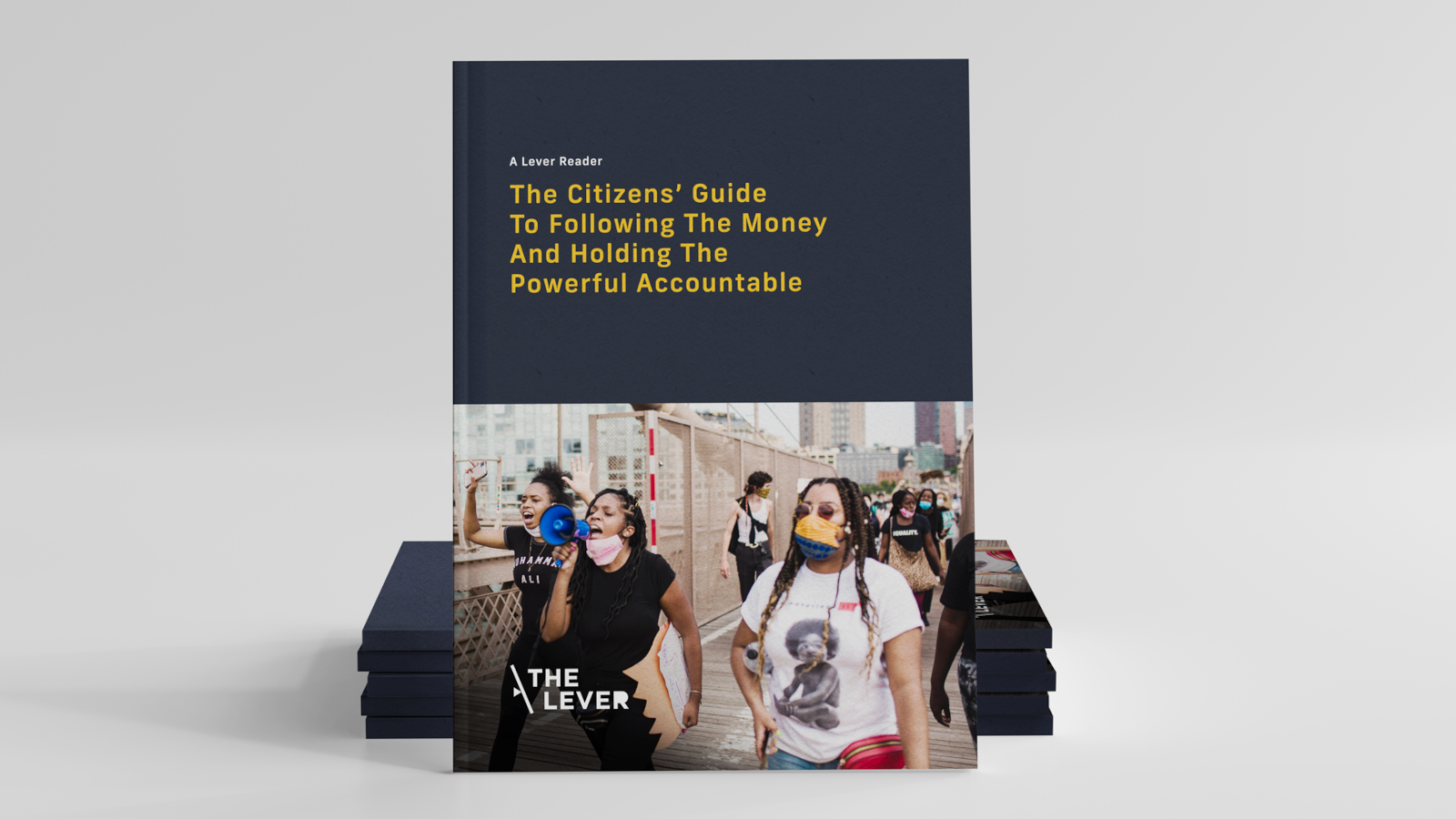Eight years before the second-largest bank failure in American history occurred this week, the bank’s president personally pressed Congress to reduce scrutiny of his financial institution, citing the “low risk profile of our activities and business model,” according to federal records reviewed by The Lever.
Three years later — after the bank spent more than half a million dollars on federal lobbying — lawmakers obliged.
On Friday, California regulators shut down the Silicon Valley Bank (SVB), a top lender to venture capital firms and tech startups, and the Federal Deposit Insurance Corporation took it over, following a bank run by its customers. The bank reportedly did not have a chief risk officer in the months leading up to the collapse, while more than 90 percent of its deposits were not insured.

Help Us Do More Stories Like This
We're building a reader-supported investigative news outlet that holds accountable the people and corporations manipulating the levers of power. Join our fight by becoming a free subscriber today.
In 2015, SVB President Greg Becker submitted a statement to a Senate panel pushing legislators to exempt more banks — including his own — from new regulations passed in the wake of the 2008 financial crisis. Despite warnings from some senators, Becker’s lobbying effort was ultimately successful.
Touting “SVB’s deep understanding of the markets it serves, our strong risk management practices,” Becker argued that his bank would soon reach $50 billion in assets, which under the law would trigger “enhanced prudential standards,” including more stringent regulations, stress tests, and capital requirements for his and other similarly sized banks.
Becker insisted that $250 billion was a more appropriate threshold.
“Without such changes, SVB likely will need to divert significant resources from providing financing to job-creating companies in the innovation economy to complying with enhanced prudential standards and other requirements,” wrote Becker, who reportedly sold $3.6 million of his own stock two weeks ago, in the lead-up to the bank’s collapse. “Given the low risk profile of our activities and business model, such a result would stifle our ability to provide credit to our clients without any meaningful corresponding reduction in risk.”
Two months later, SVB added former Obama Treasury Department official Mary Miller to its board, noting she had previously helped oversee “financial regulatory reforms.”
Around that time, federal disclosure records show the bank was lobbying lawmakers on “financial regulatory reform” and the Systemic Risk Designation Improvement Act of 2015 — a bill that was the precursor to legislation ultimately signed by President Donald Trump that increased the regulatory threshold for stronger stress tests to $250 billion.
Trump signed the bill despite a report from Democrats on Congress’ Joint Economic Committee warning that under the new law, SVB and other banks of its size “would no longer be subject to nearly any enhanced regulations.”
The bill was supported in the Senate by 50 Republicans and 17 Democrats, including Virginia Sen. Mark Warner (D), for whom Becker held a fundraiser at his Menlo Park, California, home in 2016, according to an invite obtained by The Sunlight Foundation and OpenSecrets. The bank’s political action committee also donated a total of $10,000 to Warner’s campaigns in the 2016 and 2018 election cycles.
In 2019, when the Federal Reserve proposed regulations implementing the deregulatory law, financial watchdogs warned that its regulations on Category IV institutions — as SVB was later classified due to its size and other risk factors — were far too weak.
“The proposal to significantly weaken enhanced prudential standards for Category IV firms could be disastrous,” Better Markets, a nonprofit advocating for stricter financial regulations, wrote in a comment on the Federal Reserve’s proposal. “Moreover, these are not small or insignificant firms. Recall that the smallest among this class of banks is over twice the size of the $50 billion dollar banks that automatically required enhanced prudential regulation under the Dodd-Frank Act as originally enacted.”
The final rule guaranteed that Category IV institutions are “not required to conduct and publicly report the results of a company-run stress test” and “reduces the required minimum frequency of liquidity stress tests and granularity of certain liquidity risk-management requirements,” according to Federal Reserve officials at the time.
In 2021, SVB passed the threshold of $100 billion under management, triggering some additional scrutiny as a Category IV bank but remaining exempt from the more frequent and detailed analyses that regulators perform to determine whether banks above $250 billion of assets have sufficient capital to withstand a crisis.

Learn All Our Investigative Tricks
Score a copy of our Citizens’ Guide to Following the Money and Holding the Powerful Accountable, free with a paid subscription. The e-book gives you all the tools and tricks our reporting team uses to scrutinize power.
A press release Friday from the Federal Deposit Insurance Corporation noted that as of December 2022, SVB had $209 billion in assets under management — keeping it below the $250 billion threshold for which the bank had lobbied.
SVB is the biggest bank to collapse since Washington Mutual failed in 2008 during the financial crisis, and the second-biggest bank failure in U.S. history.
Prior to Becker’s 2015 push, SVB had pressed Federal Reserve officials to limit regulatory scrutiny of mid-sized banks, arguing that “we are very concerned that the regulatory requirements for covered companies will end up trickling down to smaller financial institutions.”
In 2019, Becker was elected to serve on the board of directors at the Federal Reserve Bank of San Francisco. Becker left the board on Friday.
CORRECTION: This story originally said Becker delivered his statement to the Senate committee in person. His statement was actually written and submitted to the Senate committee. This story has been updated to reflect that.








Lordy Lordy…. What gets the goat is knowing the legislators -who have a penchant to turn into jelly before the crocodile tears ofthe oh so poor plight of the always beleaguered Wall Street and Associates Bankster Club over regulation - will be re elected by their ignorant (of failing the people’s interests) constituents.